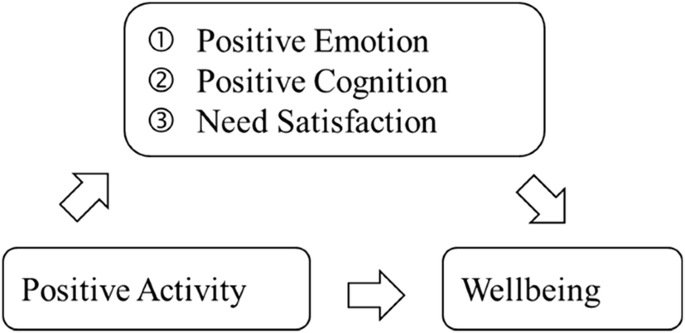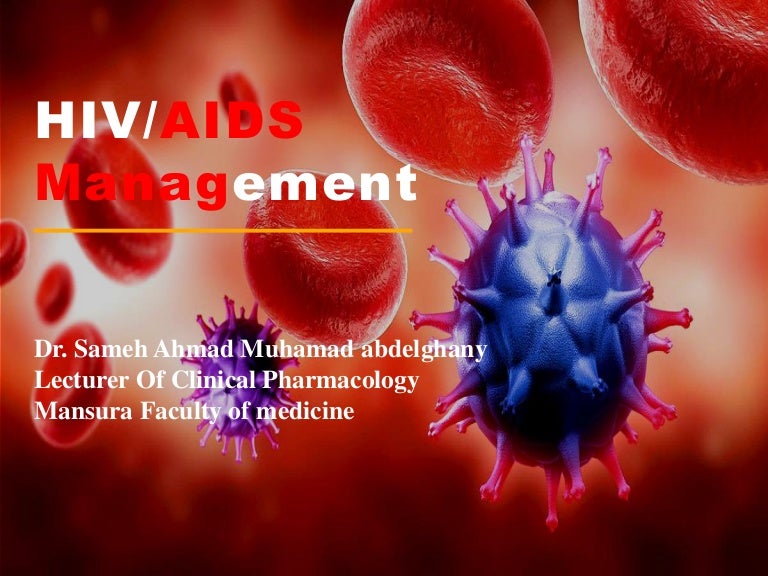

Rafiei A, Rashno Z, Samarbafzadeh A, Khademvatan S. Comparison of different commercial DNA extraction kits and PCR protocols for the detection of Echinococcus multilocularis eggs in faecal samples from foxes. Maksimov P, Schares G, Press S, Fröhlich A, Basso W, Herzig M, et al.

Staining of cryptosporidia by a modified Ziehl-Neelsen technique. DPDx - Laboratory Identification of Parasitic Diseases of Public Health Concern. Cryptosporidium Infection in Undernourished Children with HIV/AIDS in Jos, Nigeria. Cryptosporidiosis as threatening health problem: A review. Treatment of cryptosporidiosis in immunocompromised individuals: Systematic review and meta-analysis. Molecular fingerprinting of Cryptosporidium oocysts isolated during water monitoring. A Massive Outbreak in Milwaukee of Cryptosporidium Infection Transmitted through the Public Water Supply. MacKenzie WR, Hoxie NJ, Proctor ME, Gradus MS, Blair KA, Peterson DE, et al. Epidemiology and clinical features of Cryptosporidium infection in immunocompromised patients. New developments in Cryptosporidium research. Internal amplification control for a cryptosporidium diagnostic PCR: Construction and clinical evaluation. Cryptosporidium Taxonomy: Recent Advances and Implications for Public Health. This stress the need for good personal hygiene, sanitation and compliance to antiretroviral treatment among HIV/AIDS patients to reduce the risk of opportunistic infections such as cryptosporidiosis.

The infection was more among participants with CD4+ T-lymphocytes count less than 200 cells/μl. There was also a significant relationship (p = 0.012) between the prevalence of cryptosporidiosis and the level of CD4+ T-lymphocytes count of the study participants. This was statistically significant at p = 0.016. Cryptosporidiosis was found in 10(21.7%) of the 46 ARV drug naïve participants and in 3(5.6%) of the 54 participants on antiretroviral therapy. The prevalence of cryptosporidiosis among the study population was 13.0%. Fifty-four (54) of the participants were on antiretroviral (ARV) drugs while 46 were ARV drug naïve. The mean age (standard deviation) of the study participants was 37.0 (± SD9.6), with a minimum age of 20years and a maximum age of 63 years. The results obtained were computed using SPSS version 21. The oocytes of Cryptosporidium parvum were identified in the stool samples using modified Ziehl-Neelsen stain and polymerase chain reaction (PCR). Samples were collected from each patient after signing a consent form and filling a well-structured questionnaire. This was a cross-sectional study of 100 HIV/AIDS patients with diarrhoea in a tertiary health institution in Jos, North-central Nigeria between April and November 2019. This study aimed to determine the prevalence of cryptosporidiosis and associated risk factors among HIV/AIDS patients with diarrhoea. It is transmitted via the faecal-oral route and causes life-threatening, cholera-like diarrhoea in immunocompromised individuals such as HIV/AIDS patients. Cryptosporidiosis is an opportunistic, parasitic infection caused by Cryptosporidium parvum.


 0 kommentar(er)
0 kommentar(er)
